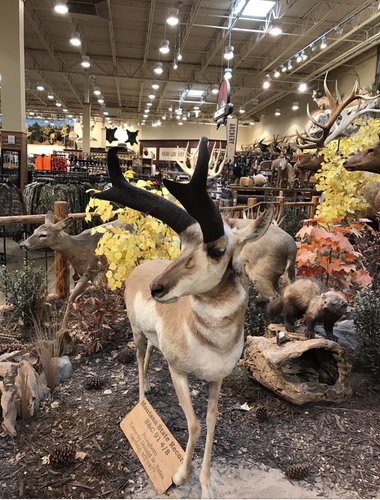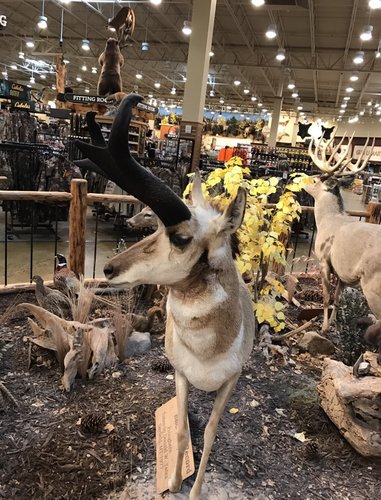El Serio
Member
- Joined
- Jan 23, 2018
- Messages
- 46
I came across an old thread on another site that was discussing the Beck buck taken in 1878, that was the B&C record from the early 1950's to the mid 1970's. Eli Grimmett knew a lot about it and posted some amazing pictures comparing it to the B&C & SCI world records at the time. He stated that based on measurements of a reproduction he had, the buck would likely have measured over 100" even after 2" of fake horn were removed (reason it was disqualified from B&C). This buck was stated to have been taken in antelope valley, which I believe would be part of unit 13A? My understanding is that pronghorn had to be reintroduced into this area, it makes me wonder if some amazing genetics were lost in that area? Does anyone know of other bucks that have survived from those early days, possibly in areas no longer known for huge bucks? Any books or references where I could look for pictures of other information about them?






